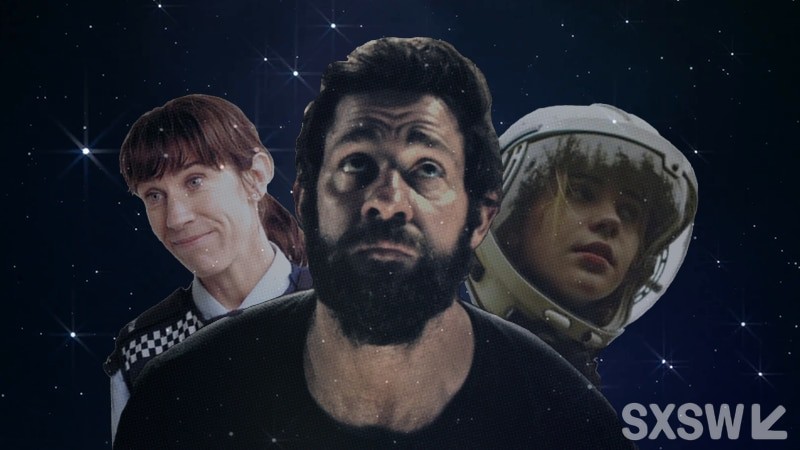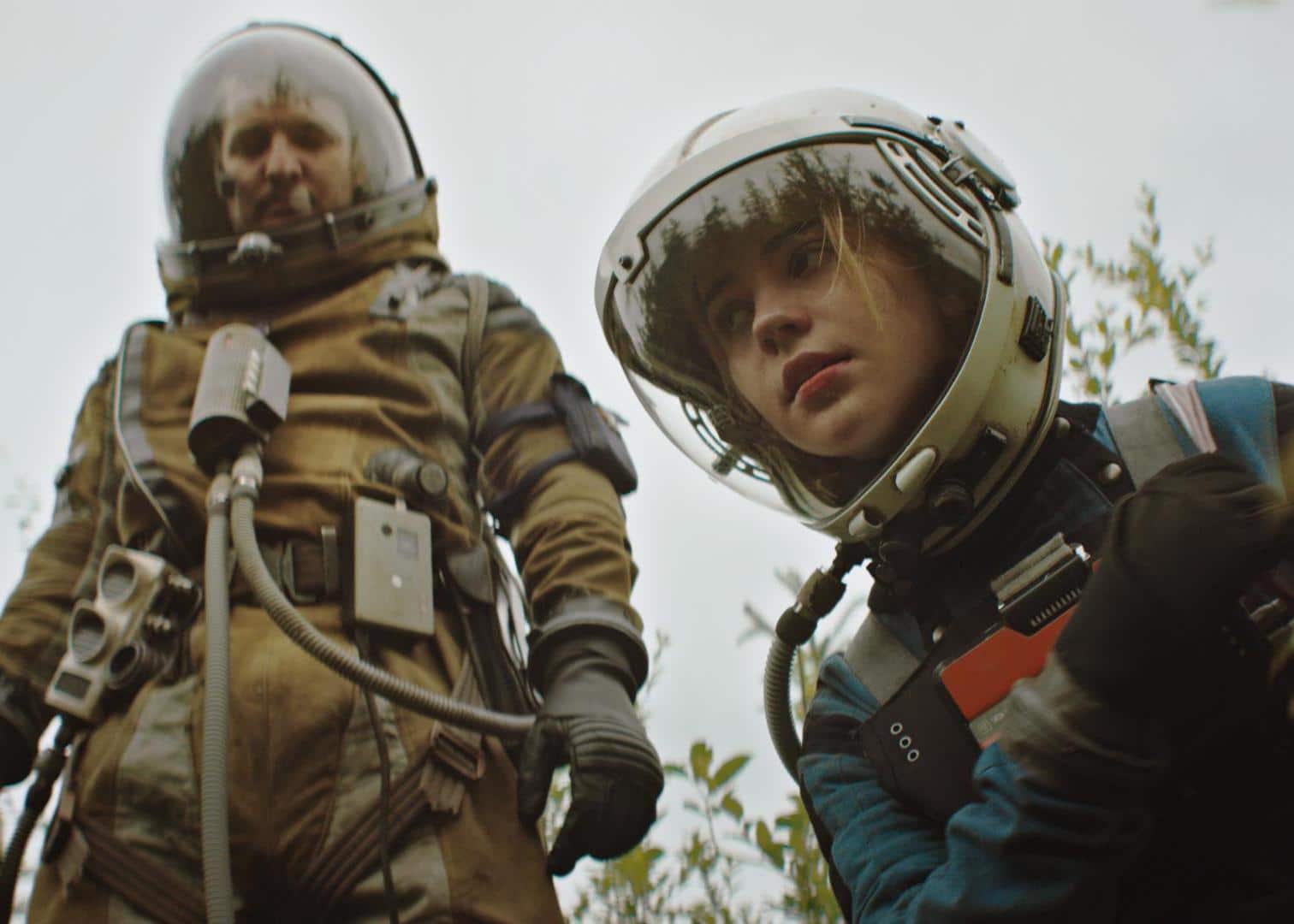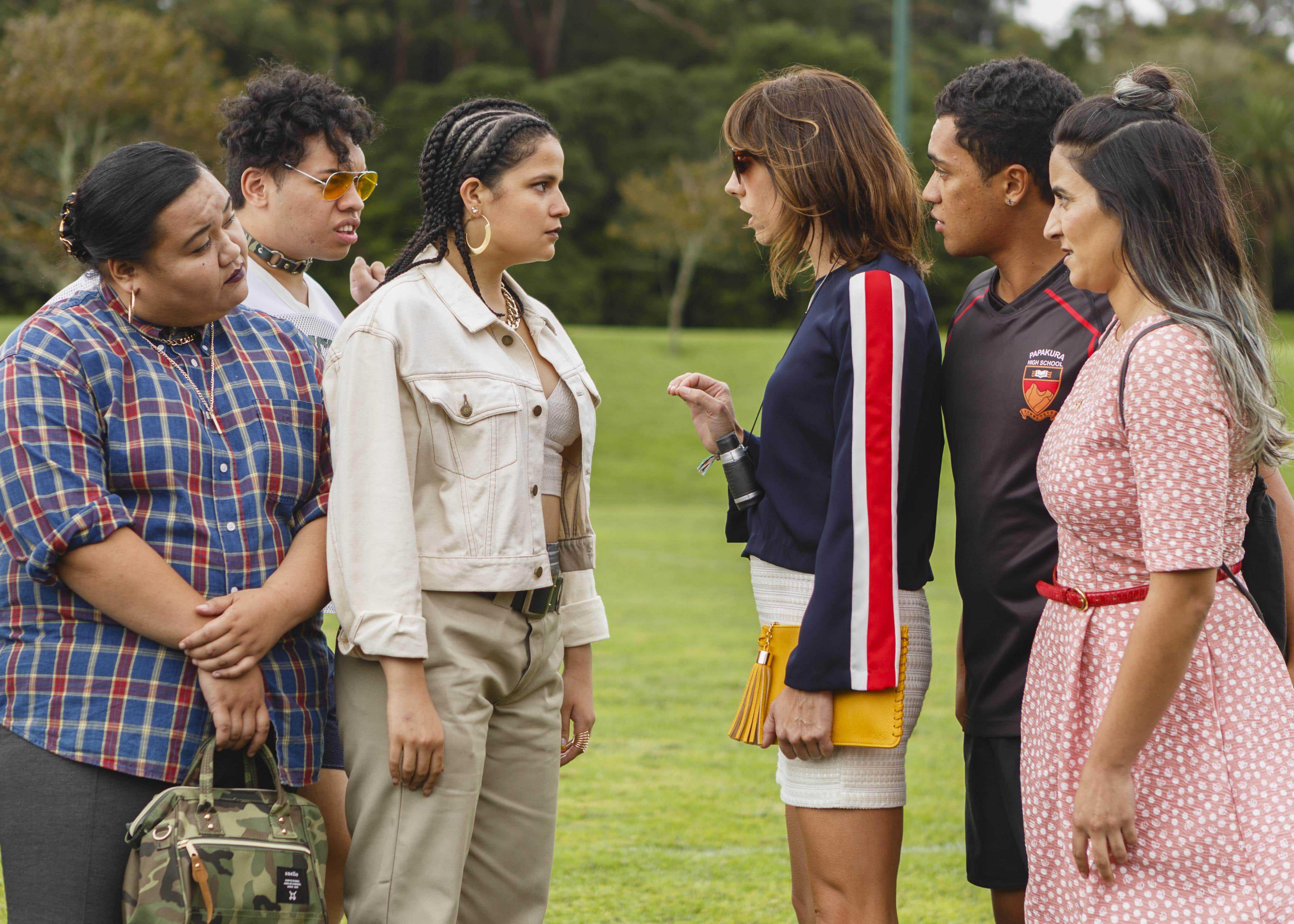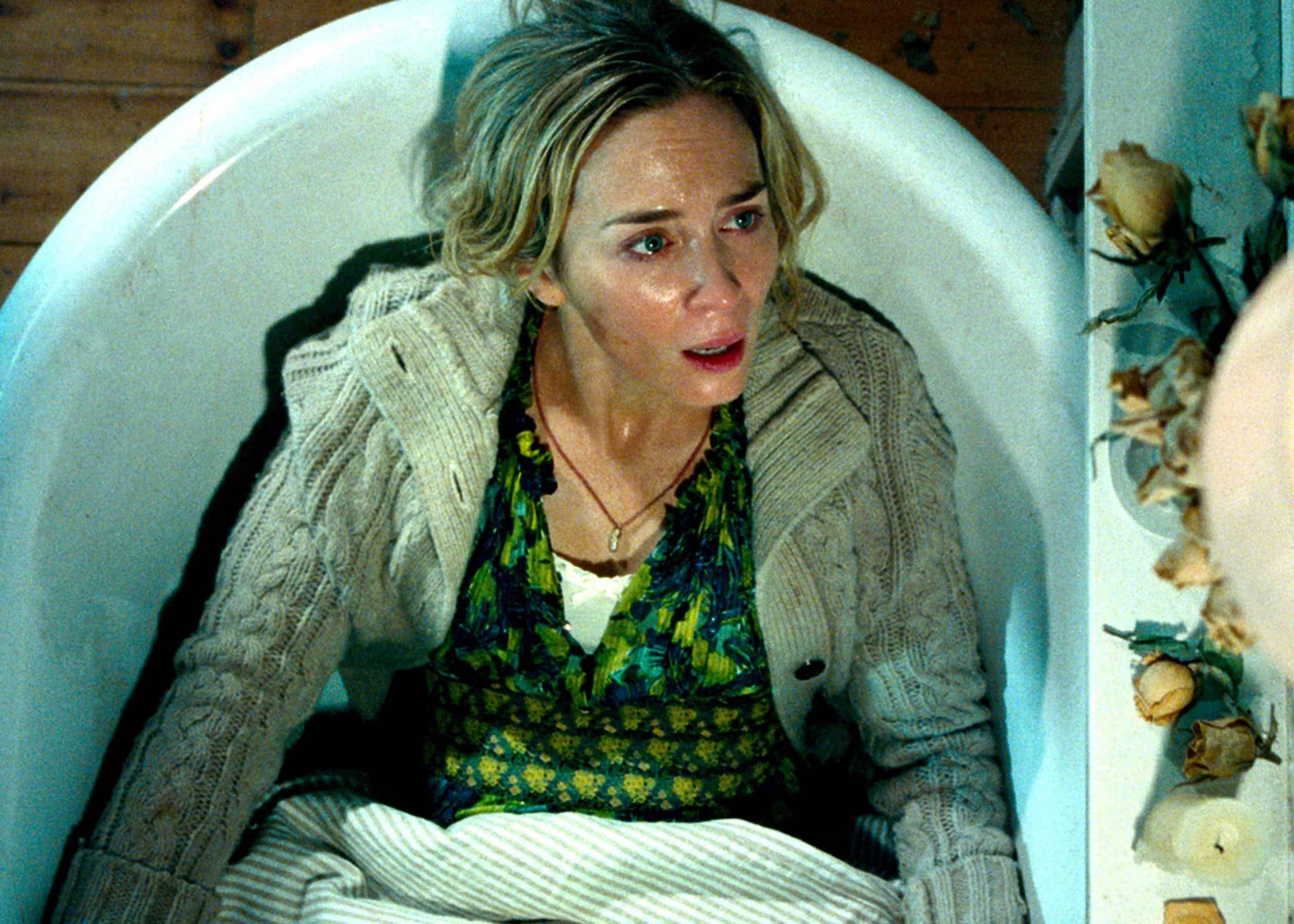
It’s 2018. Everyone gets a cinematic universe. I don’t make the rules, I just analyze and criticize them. At this year’s edition of the South by Southwest (SXSW) film festival — a festive event celebrating its 25th year this year — it hasn’t been the intended cinematic universes that have stuck out. Sure, there’s a not-so-low-key sequel to 2014’s social media thriller Unfriended, but that is yet to make any real waves with yours truly.
What is interesting is a small group of very good movies that feel like they are spiritually linked with other, also very good movies. In fact, in some of these cases, if you added one little line of dialogue or a single background clue and I’d believe they belong in an expanded universe. It’s like what they did to God Particle to make it The Cloverfield Paradox, but better. Or at the very least, more natural.
Here’s a rundown of three films of SXSW 2018 that feel, for better or worse, like they could be part of an existing cinematic universe.
Prospect should exist in the Moon universe

A few weeks back, Duncan Jones’ Moon became its own cinematic universe when Netflix released Mute to the masses. We see clearly in that movie a deliberate connection. Was it forced? Perhaps, but it was also a harmless throwaway moment that did not otherwise affect Mute‘s story.
In Prospect, we have what could very well be part of the same universe: a film about a father (Jay Duplass) and daughter (Sophie Thatcher) exploring alien moons in search of valuable minerals. The aesthetic created by co-directors Chris Caldwell and Zeek Earl feels like it belongs in the same universe. It has that same retro-futurism in the design of its spacecrafts and spacesuits. This is something born of working with a smaller budget, for sure, but it’s also a very specific sensibility explored by the directors and production designer Matt Acosta. By the time a dangerous mercenary (played by Game of Thrones and Narcos star Pedro Pascal) shows up to create chaos in the film’s second act, one could be convinced that someone’s about to make a reference to the plight of Sam Bell.
No one does and these movies aren’t connected, but Prospect accomplishes a lot of the same things Duncan Jones did in 2009. There’s a great deal of isolation and intimacy with our characters and there’s a mix of retro human looks with some ethereal set pieces. There’s a steady hand guiding the film’s visuals as it plays out its western-like story of desperate people trying to strike it rich with valuable resources. The main difference is what happens when characters open their mouths to speak. Prospect creates a sense of detachment between the audience and the characters by filling their discussions with nonsensical technobabble. It’s as if they were trying to win an award for jargon. For the audience, it’s either going to slide by unnoticed or be the source of great frustration.
All that said, Prospect is a promising film from two young filmmakers with a great sense of style. The cast is a lot of fun and the story gets weird before it expires, as any good space western should. As a new entry into the “thoughtful low budget sci-fi” genre, it’s a welcomed sight.
The Breaker Upperers might as well take place next door to Hunt for the Wilderpeople

There’s a movement out of New Zealand that’s making comedy at a level unseen anywhere else in the world. The touchstone of this movement, for mainstream audiences at least, is Thor Ragnarok director Taika Waititi. And while many of our less pop culture obsessed friends and family discovered him within the Marvel Cinematic Universe, legit nerds have known about him since Eagle vs. Shark, Boy, Hunt for the Wilderpeople and What We Do In The Shadows. He’s great. But on The Breaker Upperers, he’s just an executive producer, so this isn’t entirely about him.
It is about Jackie van Beek and Madeleine Sami, two members of this New Zealand that may prove to be its funniest exports. They are faces you’ll recognize if you’re a Taika fan, as they were both in Eagle vs. Shark and What We Do In The Shadows. Together, they wrote, directed, and star in The Breaker Upperers. They play two friends, forged in the fire of similar run-ins with infidelity, who create a company that will break up with your significant other for you, by any means necessary. They have fantastic chemistry together the movie they’ve written is awash with humor and heart. The whole thing has great energy and might be one of the funniest films I’ve seen this year (or last).
The Breaker Upperers could also be part of the Taika Waititi Cinematic Universe. Aesthetically and in its comedic rhythm, they’re a good match. If you were to try and convince me that somewhere on the other side of town Sam Neill is kicking around with an ornery teenager named Ricky Baker, I’d buy it. The laughs are just as plentiful and the energy is equally infectious. And, if we’re being honest here, it might even be funnier thanks to a real show-stopping musical number. It’s great to see these two women put their talents on display in so many ways — a great script, hilarious performances, and a very polished directorial effort. If having Taika’s name and spiritual juju on this movie help it find a bigger audience, it’ll be for the best, because it certainly deserves one.
A Quiet Place is the latest (and best) Cloverfield sequel

It’s not a spoiler to say that John Krasinski’s new film A Quiet Place includes monsters and that those monsters share some (not all) aesthetic qualities with some of the creatures in Cloverfield. You can see both of these things in the trailer. It might be a spoiler to say any more about the creatures, so I’ll leave that part alone. For this to work, just go with me on the fact that they look like they could exist in the same universe.
What really ties these two together is that each film’s director (Krasinski and Matt Reeves, respectively) shows a deft hand in crafting atmosphere through a framing device. For Cloverfield, it was the use of the handheld camera to deliver a sense of disorientation and chaos. Until very late in the movie, the audience itself gets placed in a state of panic about what’s happening in New York. We are able to share in the emotions of the film’s characters, creating a heightened sense of anxiety, dread, even confusion.
A Quiet Place does something similar with sound. The top-line scouting report on its monsters is that they respond to sound, are indestructible, move extremely fast, and are apparently always nearby. Utter one word any louder than a whisper? Dead. Knock over a glass vase onto the floor and break it? Super dead. Turn on your Bluetooth speaker and turn on some Creed? You deserve what’s coming to you. (It’s worth noting, for the sake of John Krasinski’s reputation as a filmmaker, that I made up at least one of those.) Throughout the film, the audience is constantly on its collective toes because the sound mix is so meticulously constructed that the characters’ experiences are transferrable — thankfully only on an emotional level. Krasinski and team us silence, natural ambiance, and abrupt unnatural bursts of sound to create a terrifying environment.
All of this feeds a stressful experience. The kind of anxiety-inducing cinematic journey that only comes around every so often. For me, the last time I felt that way walking out of a movie was in 2008. You can guess which film that was…
Related Topics: A Quiet Place, Cloverfield, Film Festivals, Moon, Prospect, SXSW, Taika Waititi
